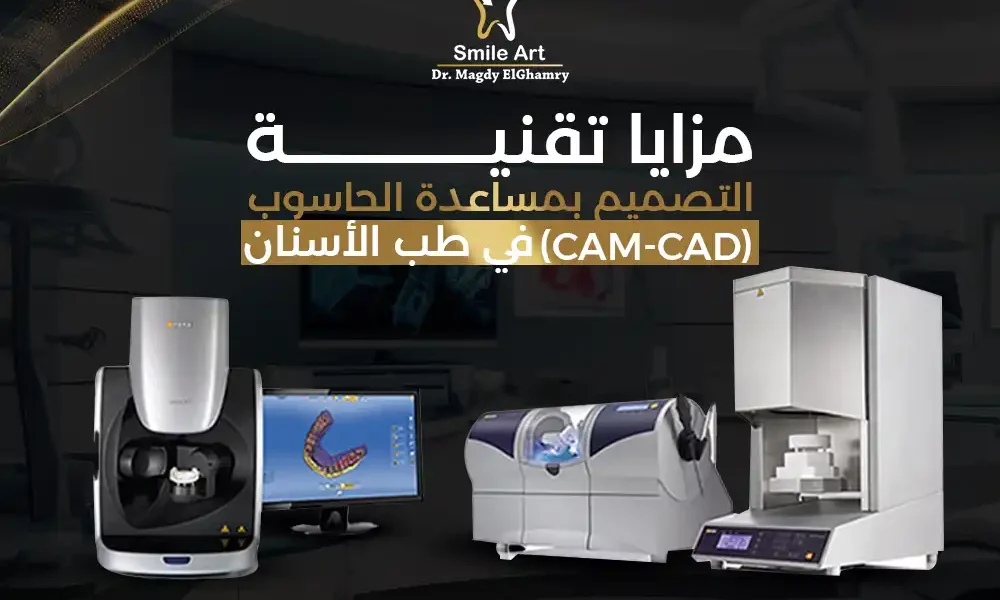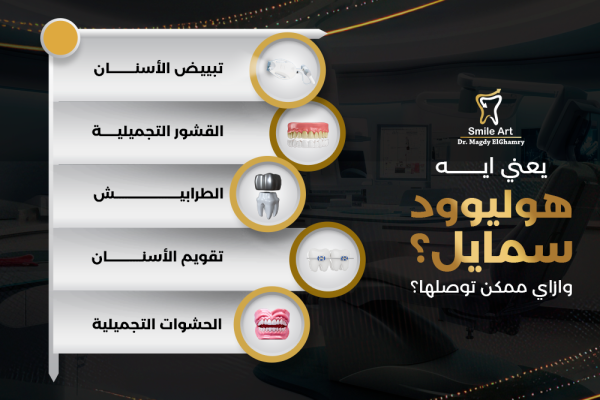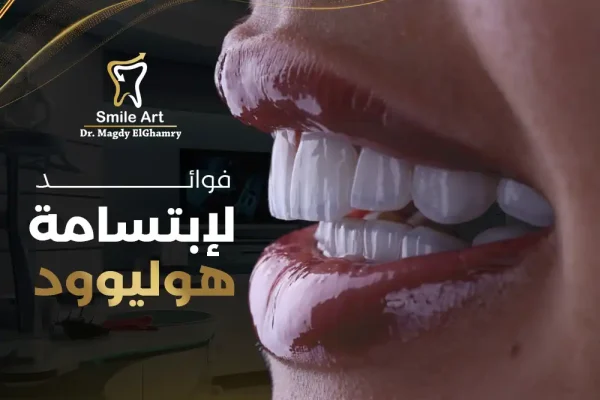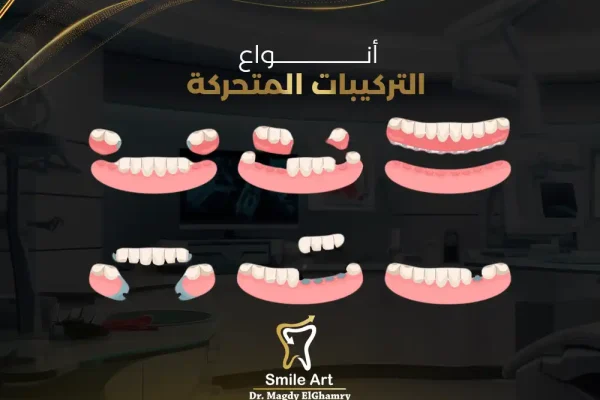
مزايا تقنية التصميم بمساعدة الحاسوب (CAD-CAM) في طب الأسنان
مزايا تقنية التصميم بمساعدة الحاسوب (CAD-CAM) في طب الأسنان
مع التطورات التكنولوجية التي يشهدها المجال الطبي عمومًا وطب الأسنان خصوصًا، أصبحت تقنية التصميم بمساعدة الحاسوب (CAD-CAM) من أكثر التقنيات استخدامًا؛ لما توفره من مزايا تُسهّل تنفيذ العديد من الإجراءات. في هذه المقالة، سنشرح بعضًا من أهم مزايا تقنية التصميم بمساعدة الحاسوب (CAD-CAM) في طب الأسنان.
مزايا تقنية التصميم بمساعدة الحاسوب (CAD-CAM) في طب الأسنان
للحديث عن أهم مزايا تقنية التصميم بمساعدة الحاسوب (CAD-CAM) في طب الأسنان، نوضح النقاط التالية.
تُسهّل هذه التقنية عملية تصميم أنواع مختلفة من الزرعات، مما يُسهم في تحسين أداء العديد من الخدمات في مجال طب الأسنان.
مساهمتها في تسهيل العديد من الإجراءات جعلت التكلفة الإجمالية لهذه الإجراءات أقل من المعتاد.
كما تُساهم هذه التقنية في إنتاج تركيبات عالية الجودة والكفاءة، حيث تتميز هذه التركيبات بدرجات عالية من الصلابة والمتانة، مما يُتيح استخدامها لفترات طويلة.
تُسهّل تقنية CAD-CAM اختيار النماذج التي تُناسب كل حالة على حدة، مما يعني أن التركيبات الناتجة ستكون مناسبة جدًا للمريض.
تعتمد هذه التقنية بشكل شبه كامل على الحاسوب، مما يعني أنه يُمكن الحصول على التركيبة النهائية في نفس جلسة التحضير دون المساس بدقة النتائج.
يستخدمها فقط أطباء مدربون وذوو مهارات عالية، مما يعني أن احتمالية حدوث أخطاء في نتائجها منخفضة. في مركز Smile Art، نستخدم هذه التقنية لتصميم غرساتنا بجودة عالية وبأيدي مُدرّبة.
وبالتالي، شرحنا أهم مزايا تقنية CAD-CAM في طب الأسنان بشيء من التفصيل، ثم ننتقل إلى ذكر أهم تطبيقاتها في مجال طب الأسنان.
ما هي تطبيقات تقنية CAD-CAM في طب الأسنان؟
تُستخدم تقنية CAD/CAM حاليًا في العديد من التطبيقات في مجال طب الأسنان. فيما يلي شرح لأهم هذه التطبيقات:
التيجان والجسور: تُعد من أشهر تطبيقات تقنية CAD-CAM، حيث تتميز التيجان والجسور الناتجة عنها بقدرتها على أداء وظيفة المضغ بكفاءة عالية، بالإضافة إلى عدم تأثرها بالبيئة الفموية، وخلوها من أي نقاط ضعف قد تُسهم في كسرها لاحقًا.
قشور البورسلين: تتميز هذه القشور بكونها رقيقة جدًا، مما يعني أنها تحتاج إلى دقة عالية لتصميمها بالجودة والكفاءة المطلوبة، وهو ما توفره تقنية CAD-CAM بنتائجها الدقيقة.
كيف تعمل تقنية CAD-CAM؟
بعد شرح أهم مزايا تقنية CAD-CAM في طب الأسنان وتطبيقاتها في هذا المجال، نوضح الآن خطوات استخدامها.
عند استخدام تقنية CAD/CAM لتصميم زراعة الأسنان، يتم اتباع الخطوات التالية:
تحضير الأسنان: يقوم الطبيب بتحضير الأسنان بطريقة محددة تناسب التركيبة المطلوبة.
التصوير: في هذه الخطوة، يُستخدم جهاز بصري مُخصص لتصوير الأسنان بعد تحضيرها.
التصميم: تُستخدم البيانات المُستخرجة من خطوة التصوير لتصميم التركيبات المطلوبة.
التصنيع: يُستخدم التصميم بعد الانتهاء لتصنيع التجميع النهائي الذي سيتم تثبيته على الأسنان المُجهزة.
ما الفرق بين تقنية CAD-CAM والطرق التقليدية؟
تتيح هذه التقنية استخدام العديد من المواد التي قد لا تتوفر في المختبرات التقليدية.
لا تحتاج إلى الانتظار طويلًا؛ بل يتم الانتهاء من التنفيذ خلال ساعة كحد أقصى، أما في الطرق التقليدية، فيلزم وضع تركيب مؤقت لفترة ثم الانتظار حتى الانتهاء من التركيب النهائي.
في الطرق التقليدية، يتم أخذ طبعة للأسنان بعد تحضيرها بمواد خاصة، ثم إرسالها إلى المختبر لصبها وتصميمها، وقد تنطوي جميع هذه الخطوات على بعض الأخطاء. أما في تقنية CAD-CAM، فيتم استخدام جهاز خاص لالتقاط صور الأسنان بعد تحضيرها ثم نقلها مباشرةً إلى الكمبيوتر لبدء التصميم؛ وهذا يعني أن احتمالية الخطأ تقل.



